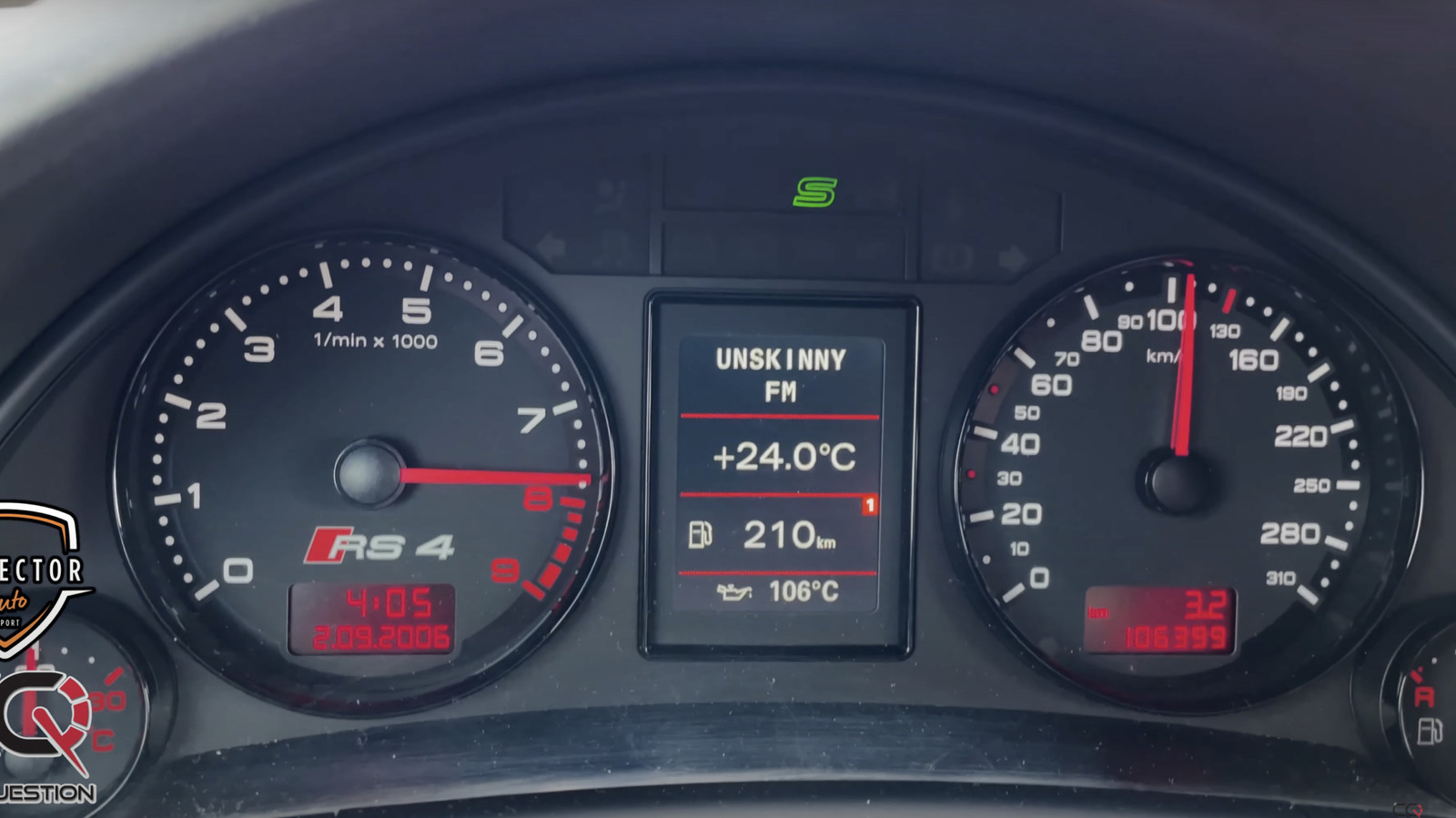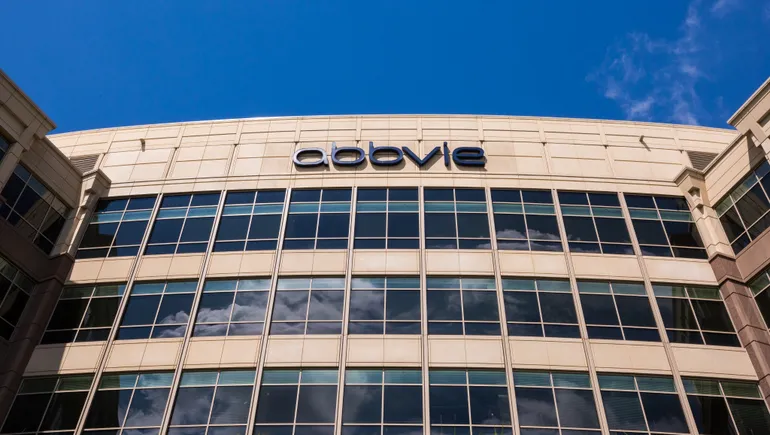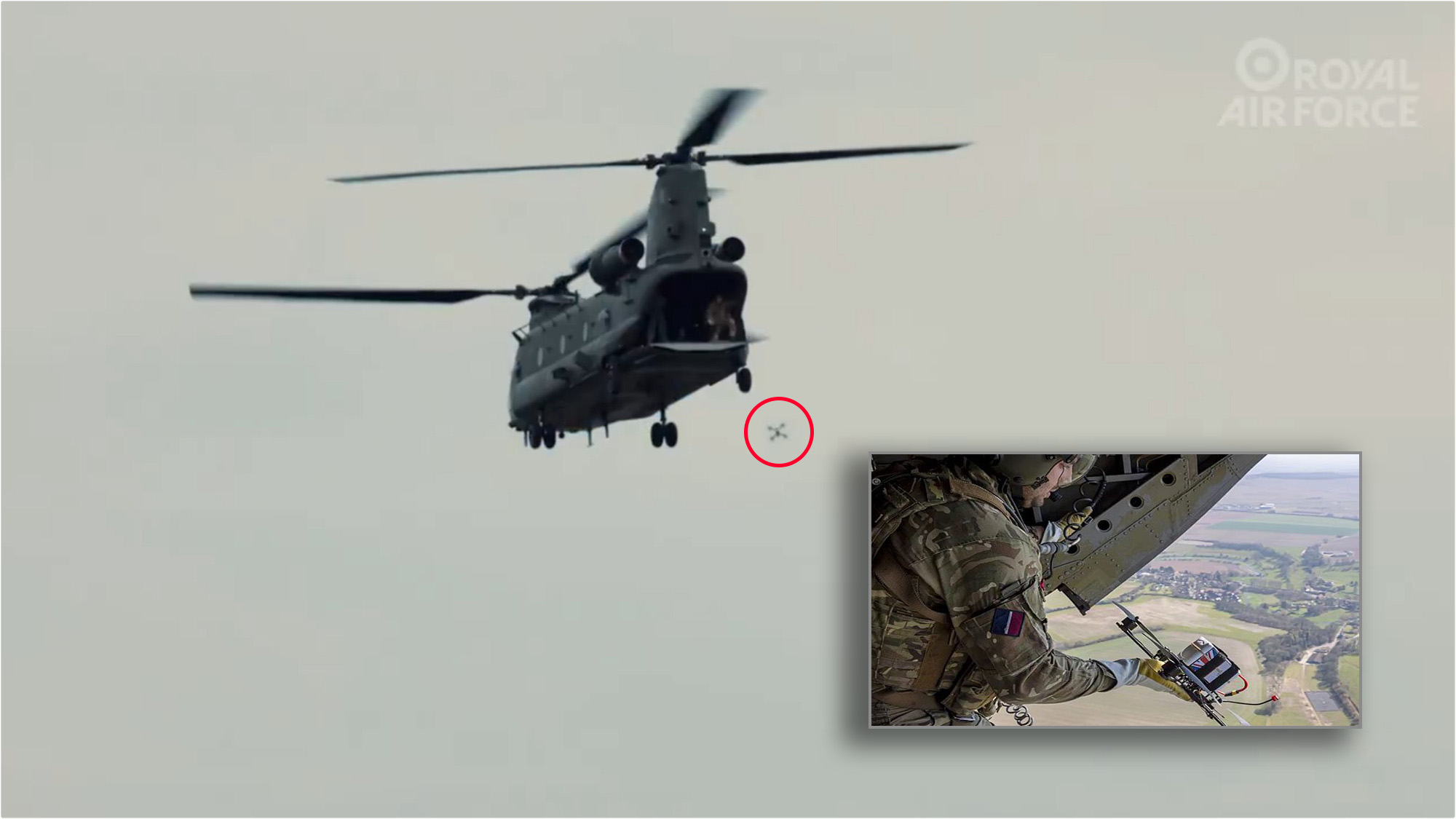The Truth About Deadhead and Here Are Ways to Fix It
Deadhead miles don’t show up on rate confirmations, but they quietly bleed small carriers dry, fuel, time, equipment wear and revenue lost every mile you roll empty. This guide breaks down what deadhead really costs and offers five practical strategies, from triangle hauls to smarter rate negotiation, to cut it down, tighten your routing, and boost profit without needing a dedicated lane or a giant customer list. The post The Truth About Deadhead and Here Are Ways to Fix It appeared first on FreightWaves.

Deadhead is the silent killer in trucking operations. It doesn’t show up on rate cons. Brokers don’t mention it when quoting loads. And yet, it quietly eats into fuel budgets, labor hours, equipment life, and profit margins week after week. For small carriers and owner-operators—especially those using public load boards like Truckstop or DAT—deadhead is one of the most overlooked contributors to financial instability.
This article breaks down what deadhead really costs, why it’s more dangerous than it looks, and how to start fixing it without needing a dedicated lane or a massive customer base. From better routing tactics to triangle haul strategies and small mindset shifts, there are real, measurable ways to cut deadhead down and reclaim control of the bottom line.
What Is Deadhead and Why It Matters
Deadhead refers to the miles a truck drives empty—either to pick up the next load or return home after delivery. While most carriers are aware of it, few calculate the true cost.
Here’s a basic example:
- 600-mile load pays $1,500 ($2.50/mile)
- 200-mile deadhead to reach pickup
- Effective loaded miles: 800
- True RPM: $1,500 ÷ 800 = $1.87/mile
That rate isn’t as strong as it looks on the surface—and that’s before factoring in tolls, fuel burn during empty miles, and driver hours lost to repositioning.
Fuel alone, at $4.25/gal and 6.5 MPG, costs around $0.65 per mile to deadhead. Add that to every mile not covered by a paying load, and the margin slips fast.
Hidden Costs of Deadhead for Small Carriers
- Fuel Burn at Zero Revenue
Deadhead miles consume fuel without generating income. A 150-mile reposition move could burn $90–$110 in fuel at current diesel rates. - Wear and Tear on Equipment
Tires don’t care whether the load is full or empty. Neither does your oil, brakes, or engine hours. Those miles count toward maintenance intervals and long-term depreciation all the same. - Lost Time and Planning Hours
Every hour spent driving empty is an hour not earning. For single-truck carriers, that’s time that could be used for sleep resets, better load planning, or administrative tasks. - Lower Overall Revenue Per Day
Deadhead reduces daily productivity, even if a high-paying load was booked. At scale, this drags down weekly gross—and makes it harder to scale operations.
(Photo: Jim Allen, FreightWaves)
The Real Benchmark: Loaded vs. Empty Miles
Successful carriers track their weekly empty mile percentage and adjust accordingly. Here’s a basic framework:
For small carriers without dedicated freight, it’s not realistic to expect 5% deadhead. But anything north of 15% over time is a red flag that planning isn’t aligned with profit.
How to Reduce Deadhead Without Direct Freight
1. Switch from One-Way Thinking to Triangle Hauling
Many small carriers run point A to B, then hit the boards for a new load back to A. This often leads to long deadhead repositioning.
Instead, build 3-point triangle loops based on market conditions like this:
- Charlotte → Nashville → Atlanta → back to Charlotte
- Dallas → Kansas City → Memphis → back to Dallas
These intentional loops do three things for you if you do it right:
- Shorten empty legs
- Put trucks into denser freight markets
- Give carriers more negotiation power with brokers familiar with those lanes
Start by identifying three cities within 300–500 miles of each other that have healthy load activity year-round. Even if pay drops slightly per load, cutting out 100+ deadhead miles more than makes up for it.
2. Use Load Boards Like a Strategist, Not a Shopper
On Truckstop or DAT, most dispatchers sort by rate per mile—but top carriers sort by RPM + position cost.
RPM might look good at $3.00/mile, but if the load picks up 180 miles away, it’s not a $3.00 mile load anymore. It’s closer to $2.00 after factoring in repositioning and wait time.
Smart planning tips:
- Use map filters to show loads within 50 miles of your delivery
- Build a rolling list of “good outbound cities”, but be mindful that this changes all the time so you will want to stay on top of this
- Check multiple markets 12–24 hours before delivery to get ahead of positioning
3. Schedule Freight Like a Chess Player
Look at every load as part of a chain—not a single move.
Before booking Load #1:
- Look at possible outbound lanes from the delivery point
- Check how strong the return or next-load options are
- Plan at least two loads ahead (doesn’t mean you BOOK, you LOOK to see how that market is doing) whenever possible
This reduces surprises like landing in a dead zone and scrambling to reposition 200 miles just to stay rolling.
4. Negotiate for Repositioning in Load Rates
Most brokers won’t offer to pay for deadhead. But many will increase the rate if value is explained clearly.
Example Script:
“I’m 140 miles out, and there’s no reload option where I’m sitting. If I run that for you, I’ll need to factor in the reposition—can you push this to $1,700 so I’m covered at $2.00 all-in?”
Be direct. Smart brokers understand market conditions. They’ll respect the ask if the math makes sense.
5. Keep a Backhaul Database
The best fleets—big or small—have a backhaul list that identifies shippers or brokers they’ve worked with before on low-notice, short-haul reloads. This can save hours on the board.
Keep a spreadsheet or notes app with:
- Lane run
- Broker name and contact
- Load ID and pay
- Commodity and equipment required
- Days of week it typically runs
Building this reference takes time—but once built, it trims hours of hunting and keeps the truck moving profitably. Chasing the top-paying load without considering position can lead to lower actual revenue—even when the gross looks better. The best operators focus on net per mile after expenses, not just sticker price.
Final Word
Deadhead is profit lost in plain sight. And while it can’t be eliminated completely, it can be managed like any other operating cost.
Start by tracking it—every load, every week. Build triangle loops where possible. Use load boards with intention, not urgency. Negotiate repositioning when needed. And log every pattern until your dead zones become opportunities.
The carriers who win in this market aren’t the ones running the most miles. They’re the ones running the right miles.
For those looking to tighten up routing, reduce burn, and build smarter lanes, this is where the real work begins.
The post The Truth About Deadhead and Here Are Ways to Fix It appeared first on FreightWaves.
























































































































































